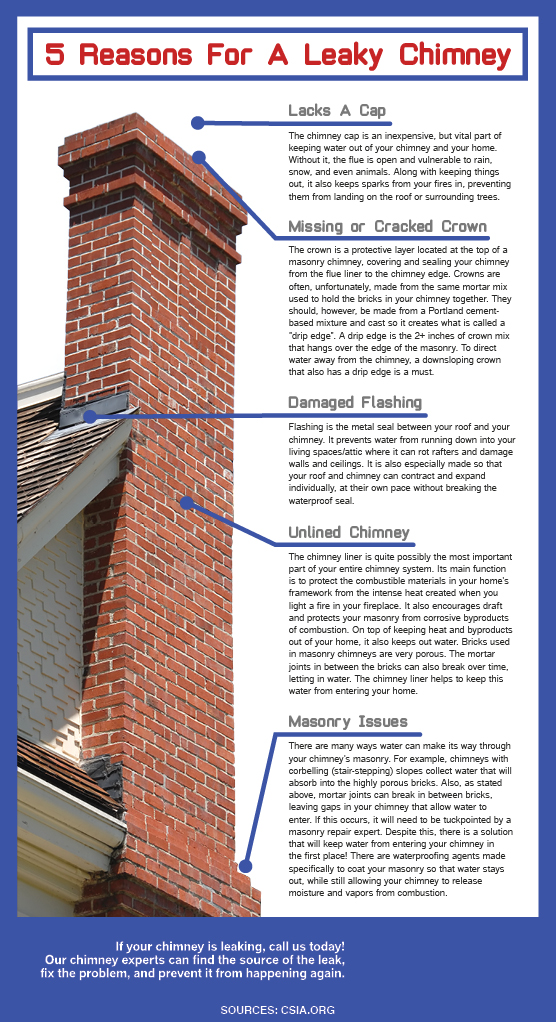Discover The Influence Of Various Climate Condition On Your Roof Covering Installment To Ensure A Top Notch Task
Discover The Influence Of Various Climate Condition On Your Roof Covering Installment To Ensure A Top Notch Task
Blog Article
Produced By-Hartvigsen Smith
When it concerns roof setups, the climate can make or damage the task. Envision remodeling" of handling materials that won't coordinate as a result of extreme warm or battling slippery surfaces caused by unanticipated rainfall. Recognizing the influence of climate condition on your roof covering task is crucial for an effective result. So, let's discover just how various climate components can influence the quality and longevity of your roof covering installation, ensuring a work well done.
Effect of Temperature Level on Roof Installation
When it concerns roofing installation, temperature plays an important function while doing so. The excellent temperature level for roofing jobs commonly drops between 45 and 85 degrees Fahrenheit. Severe heat can trigger products like tiles to come to be too pliable, bring about prospective damages throughout installment. On the other hand, cool temperatures can make products fragile and prone to cracking. It is very important to schedule roof installations during modest temperature levels to make certain the very best outcome.
During chillier climate, service providers might require to take added safety measures such as using heated equipment or allowing products to heat up prior to installment.
In contrast, heat may call for work to be done earlier or later in the day to avoid the peak temperatures. By considering the temperature level and its impacts on roofing products, you can help make sure an effective setup that will hold up against the elements for many years to find.
Impact of Precipitation on Roof Projects
Roof covering jobs can be significantly influenced by rainfall, impacting both the timeline and the high quality of the installation. Rain or snow can produce unsafe problems, making it dangerous for roofers to work on a damp surface area. In addition, wetness can jeopardize the bond of products like shingles or underlayment, leading to prospective leaks or damages in the future.
If it rains during a roof covering task, the water can leak right into susceptible areas, triggering hold-ups as the setup crew should wait for the roofing system to dry prior to continuing. Too much wetness can also advertise the growth of mold and mildew, more jeopardizing the integrity of the roofing system.
To prevent these issues, it's suggested to arrange roofing projects throughout drier periods or check the weather forecast closely to prepare around any potential rainstorms. By taking safety measures to work in desirable weather conditions, you can guarantee a smoother and much more effective roof setup process.
Influence of Wind Rate on Installation Success
Throughout roofing system setup, the rate of the wind plays an important duty in identifying the success of the job. High wind rates can pose significant challenges to contractors, possibly bring about safety risks and high quality concerns. When simply click the following page surpass advised limits, it comes to be challenging to manage materials, boosting the danger of mishaps and damages to the roof products. Solid gusts can also influence the accuracy of measurements and the accuracy required for appropriate installation.
To guarantee a successful roofing system installation, it's necessary to keep an eye on and consider wind speeds. Ideally, roofing installment should occur on days with reduced to modest wind speeds. This not only improves the safety of the employees but likewise boosts the overall high quality of the setup.
Roof jobs set up during tranquil weather are more probable to be finished effectively and with fewer mistakes. By focusing on wind rate forecasts and planning accordingly, you can help make sure a smooth and successful roofing installation process.
Verdict
So, when it comes to roof setup, keep in mind to think about the weather conditions to make sure an effective task. Optimum temperatures, dry problems, and moderate wind rates are key variables to prioritize for a smooth setup procedure. By arranging your job throughout the most effective periods and excellent weather conditions, you can achieve a resilient and durable roofing system that will secure your home for years to come.
